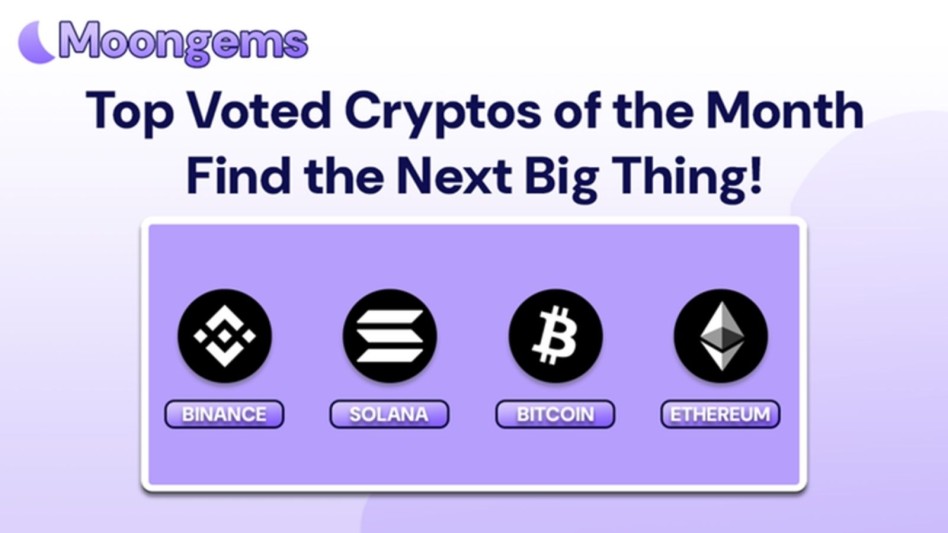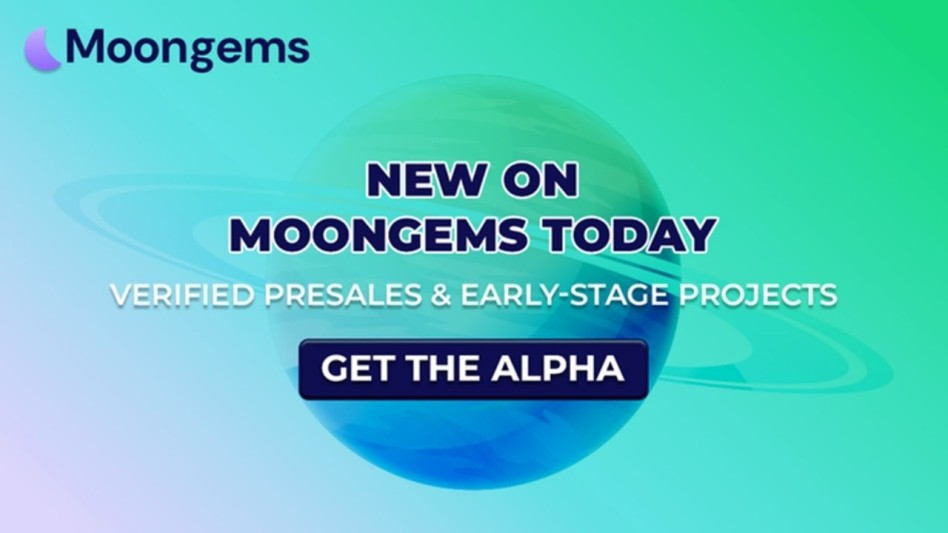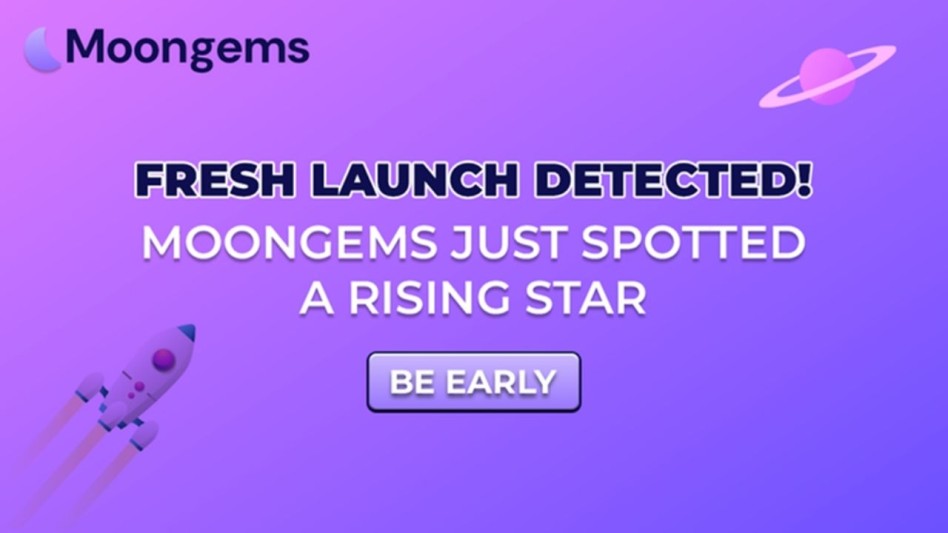Author: Jawad Hussain – Crypto Analyst & Web3 Researcher | 9+ years tracking presales, IDOs, and token launches. Follow him on Twitter
Early-stage crypto investing in 2025 is still the Wild West. For every 10x gem, there’s a graveyard of abandoned roadmaps, vaporware promises, and rugged communities. The upside? Insane returns if you pick right. The downside? Total capital wipeout if you don’t.
The truth is that most new crypto investors get caught up in the hype and overlook the traps. Whether you're minting your first presale token or scanning launchpads for the next breakout project, avoiding these six critical mistakes can save you more than money—they could save your reputation as an investor.
Let’s break them down and help you develop a sharp edge in early-stage investing.
Why Early-Stage Investing Is Risky but Rewarding
Let’s be real: early-stage crypto is where the big wins (and losses) happen. In past bull cycles, tokens like Solana, MATIC, and APE started as relatively unknown projects and exploded—sometimes 100x or more. But for each of those success stories, hundreds of projects died quietly or rugged their own communities.
Why? Because early-stage investing requires a blend of instinct, research, and discipline. If you skip the fundamentals, you’re not investing—you’re gambling.
Mistake #1: Chasing Hype Without Research
One of the most common rookie moves? Blindly buying into hype.
Just because something’s trending on Twitter, TikTok, or Discord doesn’t mean it’s legit. Hype-driven pumps can collapse just as fast as they rise, especially in low-cap projects.
Instead, use the hype as a signal, not a decision-maker. It tells you where the crowd is looking—but you still need to DYOR (do your own research) before jumping in. Check the team, the utility, the roadmap, and—most importantly—the tokenomics.
Mistake #2: Ignoring the Tokenomics
If you read our last article, you know tokenomics is crypto’s version of financial DNA. And in early-stage projects, it’s everything.
Ask yourself:
- How many tokens will exist?
- Who holds them?
- Is there a vesting schedule?
- Is the supply inflationary or deflationary?
Projects with unclear tokenomics or sketchy allocation (like 80% held by insiders) are playing a dangerous game. Weak tokenomics = weak hands = a rug just waiting to happen.
Mistake #3: Not Checking Vesting & Unlock Schedules
Let’s say you get into a presale early and the token launches. Price spikes. You’re winning—until suddenly, massive dumps start hitting the chart. What happened?
Chances are, there was a cliff or vesting unlock—and early investors or team members cashed out.
Always review the vesting schedule. Projects with longer, linear unlocks for team and investor allocations show a stronger commitment to long-term value. Cliff unlocks without warning? Major red flag.
Use tools like TokenUnlocks to stay one step ahead of unlock timelines.
Mistake #4: Blindly Trusting the Team
In early-stage crypto, the team is the project. So don’t just trust a slick-looking site or some flashy avatars. Do a deep dive.
- Are team members doxxed (public identities)?
- Do they have verifiable experience in crypto, tech, or finance?
- Are they linked to other successful (or failed) projects?
Anonymous teams aren’t automatically bad—but transparency is a trust multiplier. Projects that go out of their way to hide who's behind them usually have a reason. And it’s not a good one.
Mistake #5: Underestimating Liquidity Risks
Beginners often overlook liquidity. Without it, your profits are just numbers on a screen. If you can’t sell your tokens without crashing the price, you’re stuck.
In early-stage projects, many tokens only trade on decentralized exchanges (DEXs) with thin liquidity. That means:
- High slippage when buying/selling
- Price volatility with even small trades
- Risk of being unable to exit when you need to
Pro tip: Check if the project has plans for centralized exchange listings or liquidity incentives (like LP rewards or locked LPs). Also, verify that liquidity isn’t fully controlled by the dev wallet—it should be locked in a smart contract or third-party locker.
Mistake #6: Skipping Smart Contract Audits
In early-stage crypto, code is law. And if the code hasn’t been audited, you’re trusting the project blindly.
Smart contract bugs, backdoors, and exploits are common causes of rug pulls or hacks. A reputable audit by a firm like CertiK, Hacken, or Quantstamp adds a layer of credibility.
Be cautious of projects that claim to be audited but don’t link to a verifiable report. A real audit includes:
- A PDF report with identified risks and fixes
- A public link on the auditor’s website
- Updates as the project grows
How to Vet Early-Stage Projects Like a Pro
Here’s a quick checklist before throwing your money into any presale or early-stage token:
- Read the whitepaper, roadmap, and GitHub (if available)
- Analyze the tokenomics: supply, allocation, utility
- Check vesting schedules using public dashboards
- Investigate the team’s history and transparency
- Assess liquidity and trading pairs
- Look for completed smart contract audits
- Join the project’s community (Telegram, Discord, etc.) to test sentiment
If the project passes all these with flying colors, you’ve likely found something worth watching—or even joining early.
Final Thoughts: Don’t Just Avoid Mistakes—Build an Edge
Surviving early-stage crypto investing is about more than avoiding disaster. It’s about spotting red flags early, asking smart questions, and understanding how real value is built—not just hyped.
By learning from these six mistakes, you’ll be in a far stronger position to navigate the chaotic, high-upside world of presales, IDOs, and new launches. Use your curiosity and caution like a shield—and always let data guide you more than Discord drama.
Want an easier way to find trustworthy early-stage projects? Use MoonGems to discover vetted, research-backed presales with strong fundamentals.
FAQs
- Is it safe to invest in early-stage crypto projects?
It can be—but only with proper research. High reward = high risk. Vet the project thoroughly. - What is vesting in crypto?
Vesting refers to tokens being locked for a set period, then released gradually to prevent massive dumps. - How do I check if a token is audited?
Check the project website and verify audits on sites like CertiK or Hacken. Look for full reports, not just logos. - Why is liquidity important in early-stage tokens?
Without liquidity, you can’t buy or sell tokens easily. Poor liquidity = high volatility and exit risks. - What’s the best platform to discover early-stage crypto projects?
MoonGems offers a curated list of presales, complete with data on tokenomics, vesting, and community insights. - Should I trust anonymous dev teams?
Not necessarily. Some projects succeed anonymously, but transparency is always safer—especially in early-stage tokens.
Glossary of Key Terms
Presale – Early token sale, usually before public listing
Vesting – A time-based release schedule for locked tokens
Liquidity – How easily a token can be traded
Smart Contract Audit – External review of a token’s codebase
Rug Pull – A malicious exit scam by the project team
Slippage – Price difference between order placement and execution
IDO – Initial DEX Offering, a decentralized token launch
Disclaimer:
This content is for informational purposes only and does not constitute financial advice. Always do your own research (DYOR) before investing in cryptocurrencies. Crypto assets are high-risk and volatile. Past performance is not indicative of future results.











